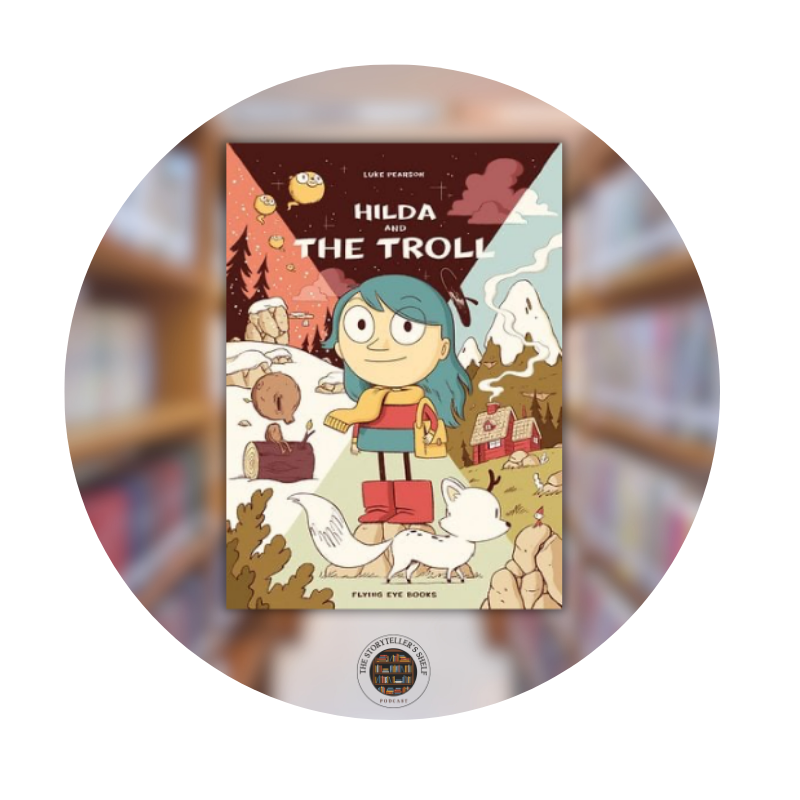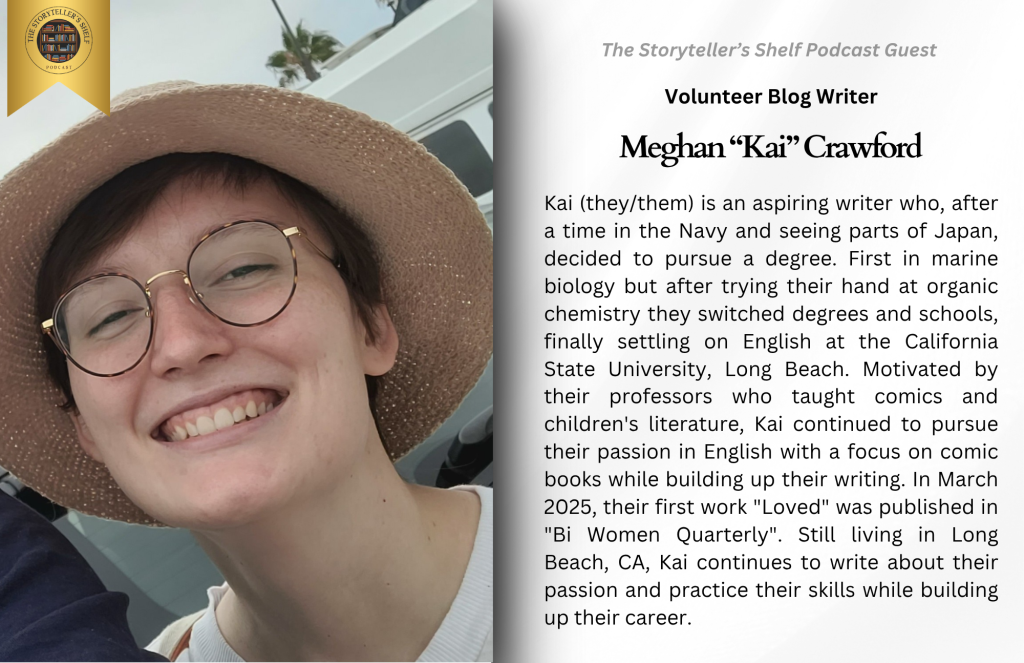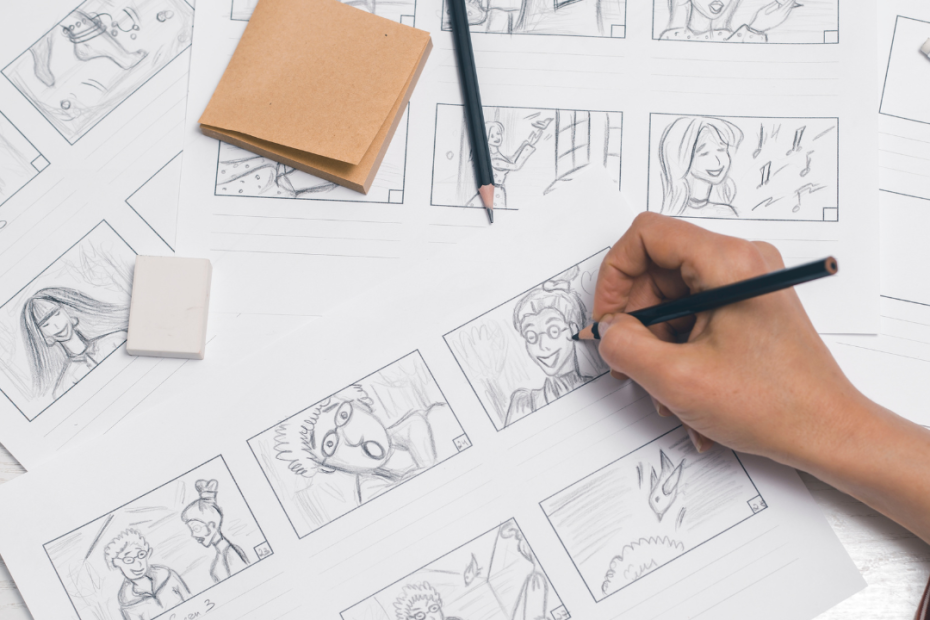A Little History for You
It’s kind of a tricky thing to pin down where comics started. As explained in Understanding Comics: The Invisible Art By Scott McCloud, comics can be defined as “sequential art.” As the book digs deeper into that definition, it shows us that we can trace comics as far back as the 14th–15th centuries AD. But the comic book as we know it today is a little easier to pin down—starting with the newspaper comic strip.
So let’s go back.
Modern comics began life as reprints of those comic strips. Eventually, publishers started printing new stories, ushering in what is called the Golden Age with the release of the iconic Superman. Children were always readers and a target audience for comics, and as they grew up with them, comics evolved as well. The medium was pushed further and further. Toward the end of the Golden Age, the Comics Code Authority was created, enforcing censorship to make comics more “child-friendly.” A few escaped this by rebranding as magazines, most notably MAD.but a little before all this, Peanuts appeared, first called Li’l Folks: a new paper gag strip for and about kids.
Peanuts doesn’t really need an introduction. Everyone has seen the comic strip’s main duo, Charlie Brown and Snoopy, in one form or another. It ran in daily papers from October 1950 to January 2000, and in Sunday editions from January 1952 to February 2000, nearly 50 years. Peanuts endured and became a massive influence, most notably in the 1990s alternative comics scene, where it directly inspired sections of the comic Love and Rockets.
What Made Peanuts Successful?
Part of Peanuts’ success comes from the fact that it’s for children, not just children of its time, but children of every day. People grew up with it and remembered it because, hidden behind its seemingly simple art and 4-panel layout, Peanuts cleverly brings up philosophical questions and childhood worries. And given its philosophical nature, it offers something that adults grow to appreciate later in life. It’s something that sticks with you as you grow as a person.
It appeals in a similar way that Alice in Wonderland does. The children are often being logical, copying adults, and it’s played for comedy. Like when Shermy asks Patty to filibuster for him because he didn’t do the homework. It’s grounded but imaginative, and the gang are never in situations where they can’t just do something. Charlie Brown has bad luck but is never really totally beaten down by it. He still always tries to kick the football Lucy sets up for him.
And since comics are half art, the style also plays an important role in their success. Charlie Brown and Snoopy aren’t hard to draw, and that encourages replication. The designs use big round shapes, and the lines are never perfectly straight. Even though the art style shifted over the years, it never became overly complex. Snoopy’s ear, in fact, always looks scribbled in. It gives room for imperfection and growth.
Charlie and Snoopy in 1950
Kids’ Comics Today
As mentioned before, people and comics grew together, and Peanuts did much the same—again inspiring a section of the indie classic Love and Rockets. But Peanuts’ way of speaking to children stuck. The 2023 Eisner winner Frizzy, by Claribel A. Ortega with art by Rose Bousamra, works with similar principles.
Frizzy is about a young girl, Marlene, who struggles with her identity because she has curly hair, which others have labeled as “bad.” Marlene is grounded while still clearly being a kid; she plays games with her friends and tries to be her authentic self, even when that risks disappointing her mother. Marlene doesn’t feel in control but she learns to take control and healthily express herself. Much like how the Peanuts gang has control over their lives. Like Charlie Brown, Marlene doesn’t let life’s challenges get her down.
Frizzy doesn’t focus on humor like Peanuts, but it keeps its tone light through Marlene’s banter with her friends. In one panel, she describes her mother’s anger level as “Baby Godzilla,” and in another, we learn Marlene’s aunt has a pet chicken living in her apartment.
What really connects Frizzy and Peanuts is how they tackle serious social topics in a way that’s child-friendly but still sticks with you so much that, when read as an adult, you have an “oh!” moment.
While the art style isn’t as simple as Peanuts, Frizzy’s art is warm and welcoming. It’s not overly complex either and can even be read as a simplified visual guide to caring for curly hair. On the other side, Marlene often draws things she likes and wants—her art class is important to her.
And while Peanuts is a world with invisible adults, Frizzy evolves that idea by showing present adults who are also learning and growing, just like their children. Obviously, Frizzy is not Peanuts, nor a direct successor, but both are for children and both show the value in stories that aren’t afraid to touch tougher topics.
Charlie and Snoopy in their final comic in 2000
Their Legacy
Peanuts helped lay the foundation for what children’s comics could be: appealing art and clever writing. The kind of children’s work that stays with people and becomes foundational to who they are does so because it treats children as children, and as growing people. Peanuts’ legacy is to stand in that tough spot: being for children, while also being something adults can still love, thanks to its balance of simple presentation and challenging ideas.
Start your own legacy.
More Reading

Calvin and Hobbes – A comic strip classic for any comics lover.

Hildafolk – A more modern graphic novel series. While whimsical, it keeps grounded elements in its down-to-earth protagonist, Hilda.

Amulet – A fantasy series where siblings Emily and Navin Hayes protect a magical world. While it features magic and robots, the characters are still always treated as growing children.
These stories, though very different, all find a root in Peanuts—and like Frizzy, they’re never afraid to be something that sticks with you!
By Kai Crawford, Volunteer Blog Writer

